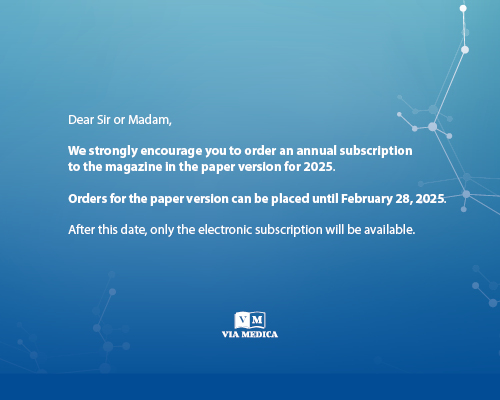Vol 15, No 4 (2008)
Original articles
Published online: 2008-05-21
Remote second-hand tobacco exposure in flight attendants is associated with systemic but not pulmonary hypertension
Cardiol J 2008;15(4):338-343.
Abstract
Background: Second-hand tobacco smoke has been associated with cardiopulmonary dysfunction.
We sought to examine the residual effects of remote second-hand smoke exposure on
resting and exercise cardiopulmonary hemodynamics. We hypothesized that remote secondhand
smoke exposure results in persistent cardiopulmonary hemodynamic abnormalities.
Methods: Participants were non-smoking flight attendants who worked in airline cabins prior to the in-flight tobacco ban. Participants underwent clinical evaluations and completed smoke exposure questionnaires. We used Doppler echocardiography to measure pulmonary artery systolic pressure (PASP) and pulmonary vascular resistance (PVR) at rest and during supine bicycle ergometer exercise, using the validated formula TRV/VTIRVOT × 10 + 0.16, where VTIRVOT is the velocity time integral at the right ventricular outflow tract and TRV is the tricuspid regurgitation velocity. The group was divided into quartiles according to the degree of smoke exposure. Analysis of variance was used to determine the differences in hemodynamic outcomes.
Results: Seventy-nine flight attendants were included in our analysis. Baseline characteristics among participants in each quartile of smoke exposure were similar except for history of systemic hypertension, which was more prevalent in the highest quartile. Peak exercise PASP rose to the same degree in all test groups (mean PASP 44 mm Hg, p = 0.25), and PVR increased by approximately 27% in all quartiles. There was no significant difference in pulmonary artery systolic pressure or pulmonary vascular resistance among quartiles of smoke exposure.
Conclusions: We found that remote heavy second-hand smoke exposure from in-flight tobacco is associated with systemic hypertension but does not have demonstrable pulmonary hemodynamic consequences.
Methods: Participants were non-smoking flight attendants who worked in airline cabins prior to the in-flight tobacco ban. Participants underwent clinical evaluations and completed smoke exposure questionnaires. We used Doppler echocardiography to measure pulmonary artery systolic pressure (PASP) and pulmonary vascular resistance (PVR) at rest and during supine bicycle ergometer exercise, using the validated formula TRV/VTIRVOT × 10 + 0.16, where VTIRVOT is the velocity time integral at the right ventricular outflow tract and TRV is the tricuspid regurgitation velocity. The group was divided into quartiles according to the degree of smoke exposure. Analysis of variance was used to determine the differences in hemodynamic outcomes.
Results: Seventy-nine flight attendants were included in our analysis. Baseline characteristics among participants in each quartile of smoke exposure were similar except for history of systemic hypertension, which was more prevalent in the highest quartile. Peak exercise PASP rose to the same degree in all test groups (mean PASP 44 mm Hg, p = 0.25), and PVR increased by approximately 27% in all quartiles. There was no significant difference in pulmonary artery systolic pressure or pulmonary vascular resistance among quartiles of smoke exposure.
Conclusions: We found that remote heavy second-hand smoke exposure from in-flight tobacco is associated with systemic hypertension but does not have demonstrable pulmonary hemodynamic consequences.
Keywords: second-hand smokeechocardiographyexercise physiologypulmonary artery pressure



